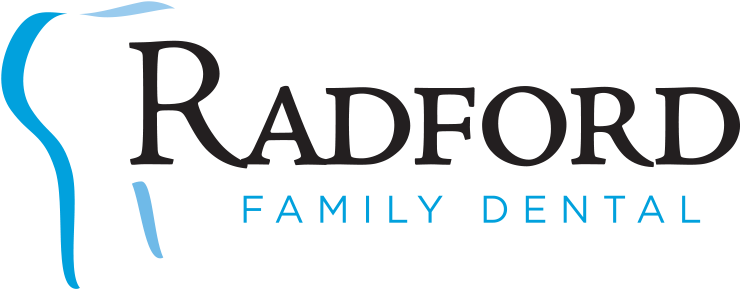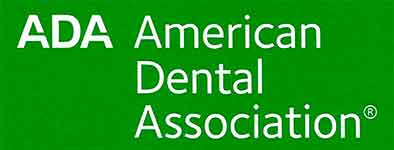What is Sedation Dentistry?
With sedation, the dentist administers a drug before or during the dental procedure. Only one type — general anesthesia — renders the patient completely unconscious. The other forms will relax you but will not knock you out completely.
The most common include the following:
Nitrous Oxide
Oral Sedatives
Intravenous Sedatives
Some patients assume that general anesthesia offers the best solution. However, it also comes with more side effects than the other methods, so you might want to consider a lesser form of sedation dentistry. If your dental care provider mentions sleep dentistry, he or she likely means general anesthesia.
If you are worried about upcoming dental work, ask your dentist about dental sedation. If he or she practices it, you might feel better about getting into the chair, and you won’t have to worry about persistent dental issues that cause you pain and other problems.






